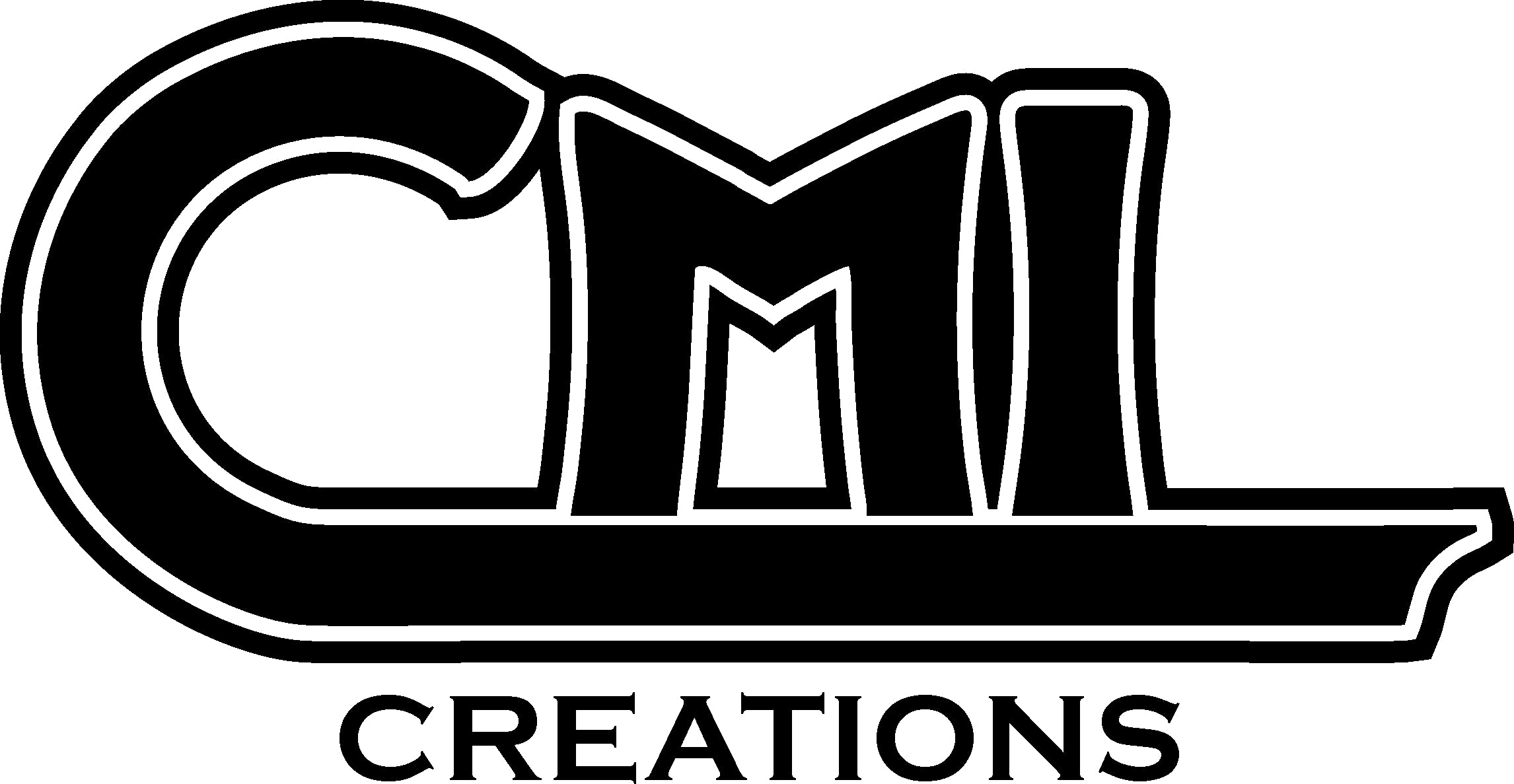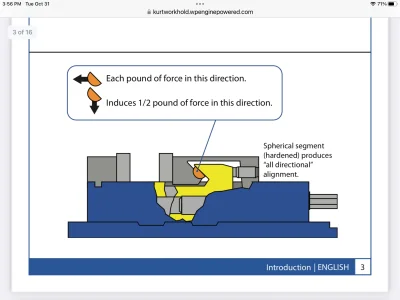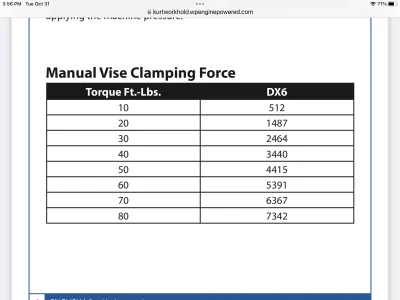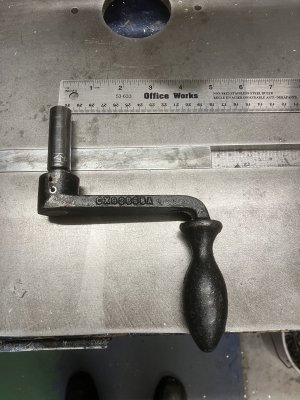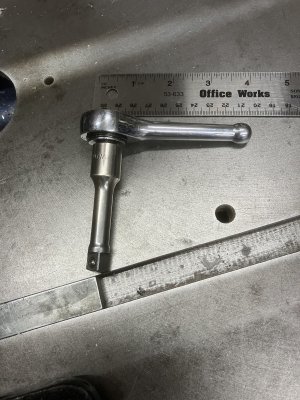Former Member
Guest
Why work so hard.....
Look in the various tool retailers/suppliers catalogs and see their listings as to what they are selling. This will give a very good idea what is popular as they will only stock what they can move.
"Teach someone to think and they learn, do the work for them they learn nothing."
Look in the various tool retailers/suppliers catalogs and see their listings as to what they are selling. This will give a very good idea what is popular as they will only stock what they can move.
"Teach someone to think and they learn, do the work for them they learn nothing."

